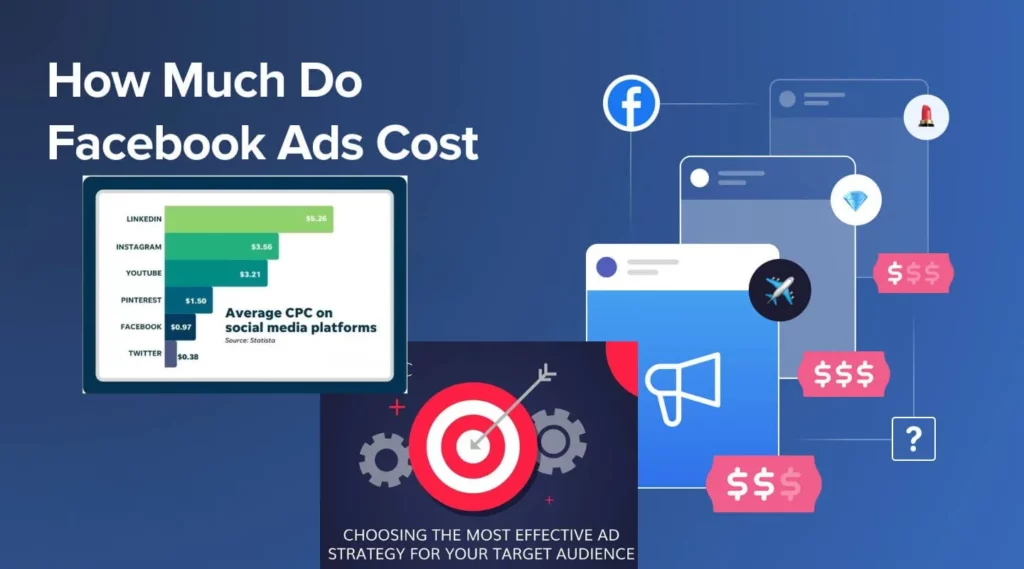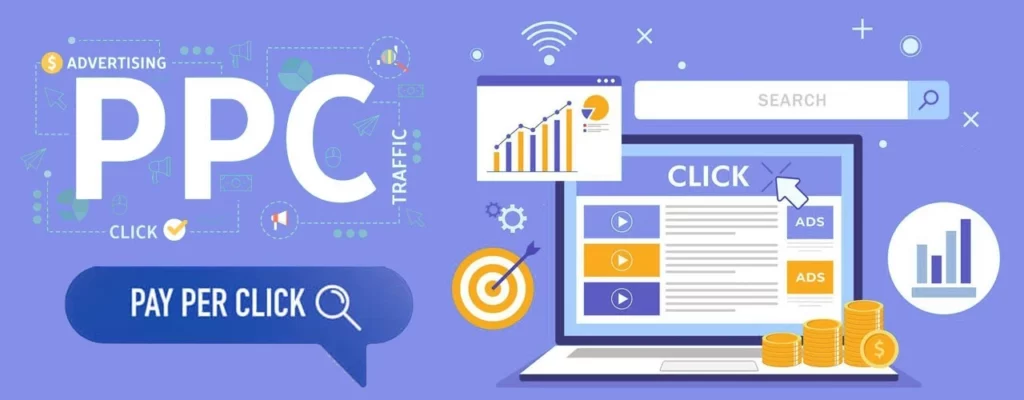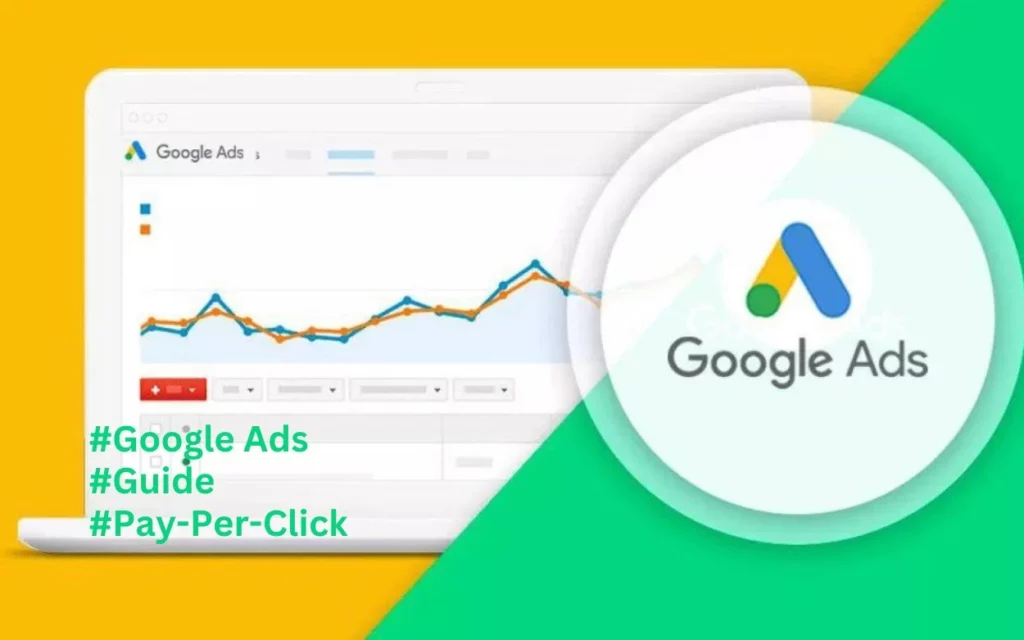
Update your online presence to better serve your business and attract more customers. As your business evolves, so should your website; a well-designed site is crucial for generating leads and effectively representing your brand. At Mister Nguyen Agency, we understand that a modern and functional website is crucial to engage your audience and integrate seamlessly with your social media efforts. In this post, we’ll explore key indicators that signal it’s time for a website redesign, ensuring your online presence aligns with your business goals.
Time for a Website Development and Redesign? Key Takeaways
1. **Outdated design may deter potential customers.**
2. **Mobile-friendly websites enhance customer engagement and leads.**
3. **Fast loading speeds improve user experience and SEO.**
4. **Essential features attract and retain more business leads.**
5. **Brand alignment builds trust with your customers.**
6. **Mister Nguyen Agency specializes in impactful web design.**
The Importance of a Website Redesign
While a well-designed website is important for your business’s success in the digital landscape, it’s equally important to recognize when it’s time for a refresh. An outdated website can signal to your customers that your business is behind the times, potentially eroding trust and driving them to competitors who present a more modern and user-friendly experience. Redesigning your website not only revitalizes your online presence but can also enhance your credibility, making you more appealing to both new and returning customers. In a world where first impressions matter, neglecting to update your site could mean missing out on valuable leads.
Keeping Up with Trends
An effective website doesn’t just look good; it reflects current design trends that resonate with your target audience. Web design trends change rapidly, and what was trendy a year ago might now seem stale. By redesigning your website, you ensure that it incorporates the latest aesthetics and functionalities, which not only attracts visitors but keeps them engaged. This engagement is crucial as it can lead to increased interactions, conversions, and ultimately more leads for your business.
Enhancing User Experience
Enhancing the user experience (UX) on your website is one of the primary goals of a redesign. Your site should provide a seamless and enjoyable experience for your visitors, from easy navigation to quick loading speeds. If your current design lacks important features—like a user-friendly navigation menu or mobile responsiveness—you risk frustrating potential customers, pushing them away, and losing valuable leads. A redesign gives you the opportunity to implement these features effectively, catering to the needs of today’s digital consumers.
To achieve a superior user experience, consider integrating interactive elements and streamlined navigation that guide users through your site effortlessly. Ensuring your website is mobile-friendly is also an important aspect of UX design today. With a significant percentage of users accessing websites through mobile devices, a responsive design ensures they have an optimal experience, which can lead to increased engagement and conversions.
Improving Search Engine Optimization (SEO)
Redesigning your website also provides an excellent opportunity to improve your search engine optimization (SEO) strategy. As algorithms change and new techniques emerge, ensuring your site is optimized for the latest best practices is crucial for visibility. An updated site with quality content and a clean structure can help you rank higher in search engine results, making it easier for potential customers to find you. By enhancing the technical aspects of your website, such as site speed and mobile optimization, you will improve your chances of attracting leads through organic search traffic.
Another key aspect to consider in your redesign is the incorporation of relevant keywords throughout your content. Optimizing your website with keywords like “business,” “customers,” and “leads” effectively signals to search engines that your site is relevant to user queries. This fine-tuning can significantly impact your visibility online, leading to higher rankings and attracting more visitors from search engines. Bear in mind, your website is often the first touchpoint for potential customers, so make sure it reflects a strong SEO strategy in conjunction with its updated design to yield the best results.
Signs Your Website Needs a Redesign
Now, more than ever, a well-designed website is crucial for your business’s success in the digital market. Recognizing the signs that your website needs a redesign can be the difference between attracting customers and losing them. Understanding these indicators will empower you to make the necessary changes that will enhance your online presence and drive leads to your business.
Outdated Aesthetic
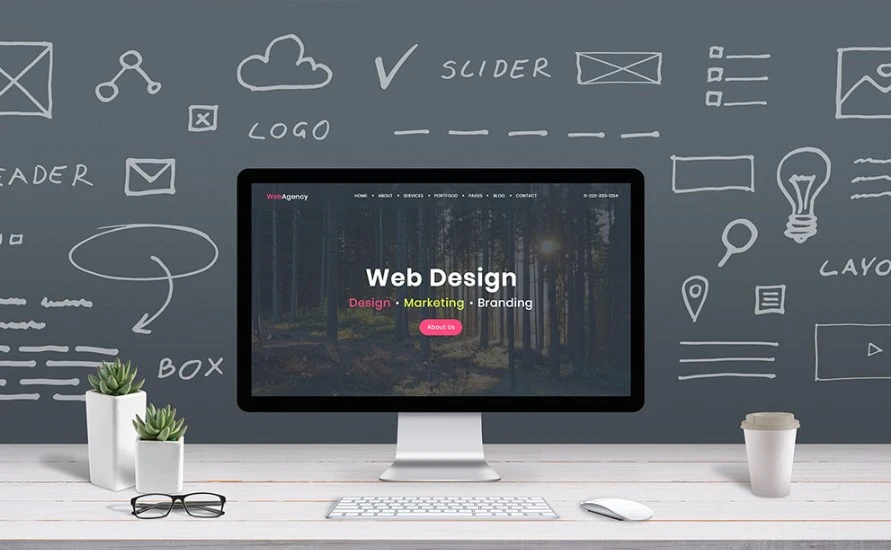
Any website that seems stuck in the past can deter potential customers. An outdated design may not only reflect poorly on your brand but can also lead to a lack of trust among your audience. If your site lacks the clean, modern appearance that today’s users expect, it’s time to consider a redesign. Keeping your website looking fresh not only attracts visitors but also encourages them to engage with your content and services.
A well-crafted aesthetic can significantly enhance user experience, making visitors feel more comfortable exploring what your business offers. Updating your website’s appearance can include revamping color schemes, typography, and imagery that resonate with your current brand identity and target demographic.
Lack of Mobile Responsiveness

Website design that fails to accommodate mobile users is a serious drawback in the current landscape. With the majority of users accessing websites through mobile devices, a non-responsive site may cause you to lose significant traffic and potential leads. If your website isn’t mobile-friendly, it’s important to prioritize a redesign that ensures seamless functionality across all devices.
Needs to transition to a mobile-responsive design to meet your customers’ expectations for fast, easy-to-navigate websites. This change not only retains visitors but also improves your chances of converting them into clients by providing an exceptional user experience.
Slow Load Times

Your website’s speed can make or break a visitor’s experience. If your site takes too long to load, users may leave before engaging with your content or learning about your business. A sluggish website can diminish your credibility and hurt your search engine rankings, making it even harder for potential customers to find you. Upgrading your site to enhance speed can lead to better engagement and retention, allowing your business to flourish.
Understanding the importance of load times is crucial for maintaining a successful online presence. A website that loads quickly results in a more enjoyable user experience and higher chances of conversion, which is important for generating leads and growing your business.
High Bounce Rates
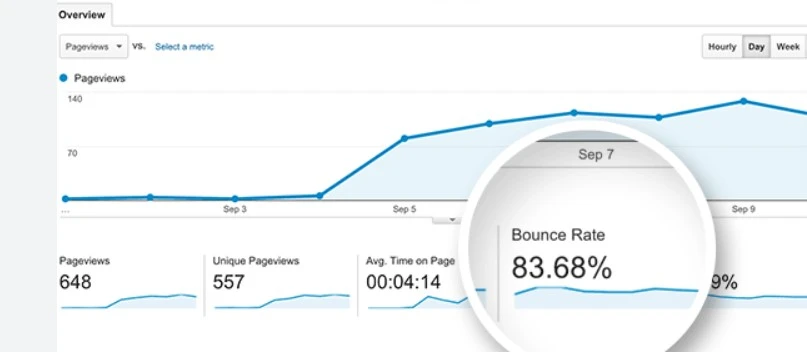
Redesigning your website may be necessary if you notice an alarming bounce rate. A high bounce rate often indicates that visitors are not finding what they need, leading them to quickly leave your site. This not only signifies poor user experience but can also contribute to lost business and diminished brand perception. By refreshing your design and ensuring it meets user expectations, you can significantly reduce bounce rates.
Times have changed, and customer preferences evolve rapidly. If your website fails to capture and hold customer interest, a redesign could help you better align with your audience’s desires and improve retention rates.
Limited Functionality
Limited features on your website can hinder customer engagement and impede lead generation. If your site lacks important functions such as easy navigation, contact forms, or social media integration, it may be time for a redesign. Modern users expect an interactive experience, and your website should facilitate that by offering the functionality they require. This ensures that you remain competitive and accessible to your target audience.
Rates of customer retention and conversion are closely tied to how easy it is to interact with your site. By integrating necessary features into your redesign, you can bolster user experience, drive more leads, and improve your business’s overall success.
Understanding Your Audience

Not fully understanding your audience can significantly hinder your business growth. To develop a successful website redesign, it’s crucial to know who your customers are, what they need, and how they interact with your current design. By taking the time to analyze user behavior and gather valuable feedback, you can create a site that meets their expectations and aligns with your business goals. Do not forget, a well-crafted website that reflects your brand can drive leads and improve customer loyalty, critical components for thriving in today’s competitive digital landscape.
Analyzing User Behavior
Understanding user behavior is the foundation of a successful website redesign. This involves examining how visitors interact with your current site, identifying which pages they spend the most time on, and determining their navigation patterns. Tools such as Google Analytics can provide valuable insights into user engagement, bounce rates, and conversion paths. By analyzing this data, you can pinpoint areas that may require improvement and tailor your design accordingly, ensuring it not only attracts visitors but also keeps them engaged.
Gathering User Feedback
Feedback from your audience is invaluable when redesigning your website. Conducting surveys or using feedback forms can help you understand their needs, preferences, and pain points. This direct interaction offers critical insights that you might not obtain through analytics alone. Additionally, usability testing can reveal how real users interact with your site, helping you uncover any barriers they might encounter.
It’s crucial to create an open channel for communication with your customers. You can leverage social media platforms to ask specific questions about your existing design and what features they find most useful. Engaging with your audience in this manner not only enhances your understanding of their needs but also fosters a sense of community and trust around your brand.
Defining Your Target Market
On understanding who your ideal customers are, you can effectively tailor your website to meet their expectations. Defining your target market involves segmenting your audience based on demographics, interests, online behavior, and purchasing habits. Knowing these specifics can guide your design choices, content creation, and even marketing strategies, ensuring that the website resonates with those who matter most.
Your target market plays a pivotal role in shaping your website’s design and functionality. For example, if your audience primarily accesses your site via mobile devices, a responsive web design will be critical for their user experience. Likewise, understanding their preferred content formats—be it videos, blog posts, or social media interactions—can direct how you structure your website’s content to maximize leads and conversions.
Setting Redesign Goals
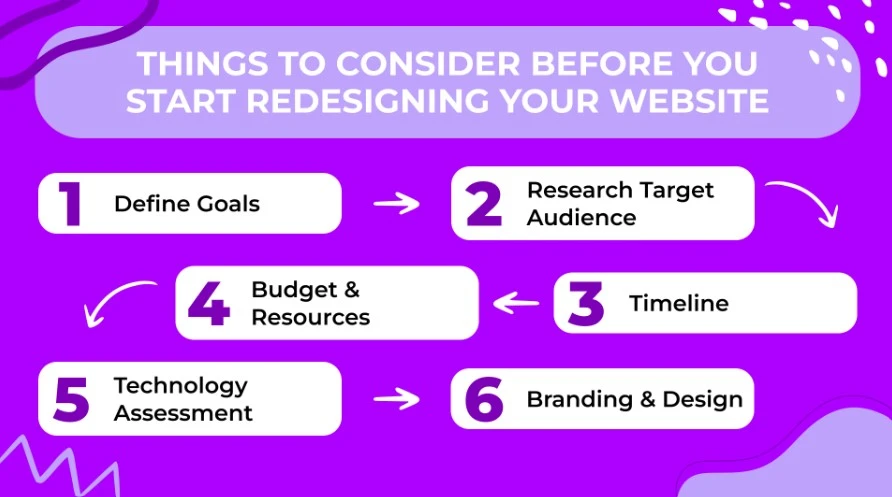
After deciding that a website redesign is necessary for your business, the next important step is to establish clear goals for the project. These goals will guide your efforts and help you measure the success of your redesign. Whether you aim to increase engagement, boost conversion rates, or strengthen your brand identity, having specific objectives in mind will ensure that the new design serves your business needs effectively.
Increasing Engagement
On your journey to redesigning your website, focusing on increasing engagement is crucial. An engaging website captures the attention of your customers, encouraging them to spend more time exploring your products and services. Employing features such as interactive elements, visually appealing design, and compelling content can significantly enhance user interaction. Statistics show that websites that are mobile-friendly and prioritize user experience can see a notable increase in traffic and retention rates, further solidifying your presence in the competitive Houston digital market.
Boosting Conversion Rates
Increasing your website’s conversion rates is another vital goal for your redesign. Your website serves as a digital storefront where potential customers explore your offerings before making a decision. By optimizing elements like call-to-action buttons, lead capture forms, and user-friendly navigation, you can guide visitors towards taking desired actions. For example, clear and persuasive CTAs can drastically improve the rate at which visitors convert into leads or customers.
Conversion optimization can include streamlining the checkout process, improving load speeds, and ensuring that your site is responsive across all devices. When these technical aspects align with your compelling content and design, you create a seamless experience that encourages users to take action, directly impacting your bottom line.
Strengthening Brand Identity
An vital goal for your website redesign should also include strengthening your brand identity. Your website often serves as the first touchpoint for potential customers, so it’s crucial that it accurately represents who you are as a business. A cohesive design that reflects your brand values, color schemes, and messaging can foster instant recognition and trust among your target audience. By leveraging the expertise of Mister Nguyen Agency, you can develop a website that not only looks aesthetically pleasing but also embodies your unique value proposition.
With a strong brand identity, you reinforce the messaging that drives your business forward. Engaging visuals and consistent branding help create an emotional connection with your customers, making them more likely to choose your products or services over competitors. Ensuring that your website aligns with your overall marketing strategy, including your social media presence, allows for a unified brand voice that resonates with your audience.
Planning Your Redesign Process
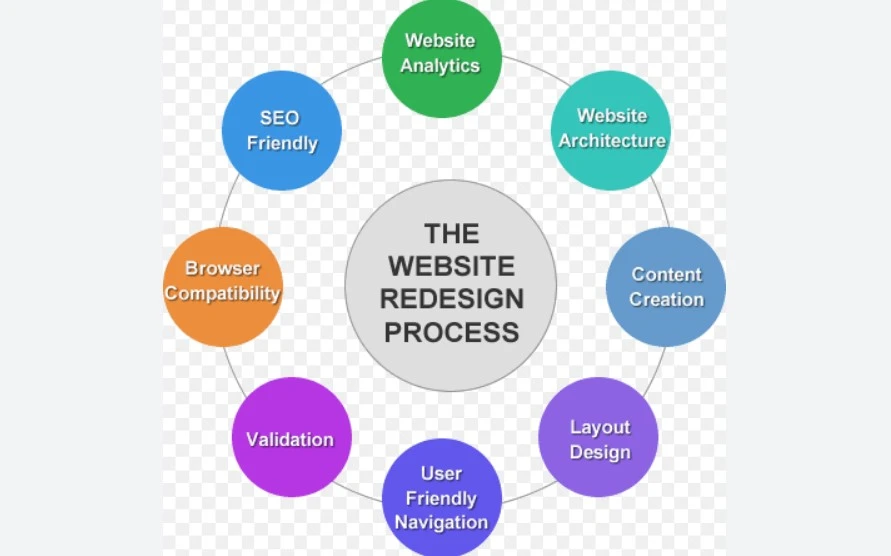
Many businesses underestimate the complexity involved in planning a website redesign, yet a well-structured process is crucial for success. Your website is often the first touchpoint for potential customers, and having a clear strategy can help you create a site that not only meets but exceeds their expectations. The redesign process should begin with a thorough understanding of your business goals, your target audience’s needs, and the current state of your existing website. This upfront planning will ensure that every aspect of your redesign is aligned with your vision and offers an engaging user experience that can convert leads into loyal customers.
Creating a Sitemap
Process mapping is a crucial step in organizing the content and layout of your new website. Start by listing all the pages you want to include and how they will interconnect. This can help you visualize the overall structure and flow of your site while ensuring that users can easily find the information they need. A clear sitemap not only aids in navigation but also improves your website’s SEO, making it easier for search engines to index your pages and understand their relevance.
It’s crucial to consider the user experience when creating your sitemap. Think about how your customers navigate through your site, what information they’re looking for, and how to present that information in a logical manner. By prioritizing user-centered design from the start, you can create a website that effectively meets your customers’ needs and drives leads for your business.
Choosing the Right Design Elements
Design is a critical component of your website redesign process. The right visual elements, including colors, fonts, and images, can profoundly impact how your brand is perceived by customers. Begin by defining your brand identity and ensuring that the design elements you choose align with your business’s core values and message. Consistency across your website will foster trust and engagement, making it easier for visitors to connect with your brand.
Another important aspect of design is the layout and user interface. A clean, modern design invites users to explore your site more extensively, increasing the chances of conversions. Always be mindful of the latest web design trends, as an outdated design may deter potential customers. Utilize tools and resources that can help you stay abreast of current styles, ensuring that your website remains appealing and functional.
Selecting a Web Development Platform
With many web development platforms available, choosing the right one is crucial for your redesign process. Each platform offers different features, capabilities, and user experiences that can impact how you build and manage your website. Consider your specific business needs, such as e-commerce capabilities, content management, and SEO optimization, when making your selection. Platforms like WordPress are popular for their flexibility and extensive plugin options, while others like Squarespace offer all-in-one solutions with visually stunning templates.
Understanding the technical aspects of your chosen web development platform can also influence the success of your website. Different platforms come with varying levels of customization, ease of use, and support, so it’s crucial to select a system that aligns with how you intend to manage your site in the long run. Investing time in research now will pay off, as it allows you to choose a platform that grows with your business and continues to meet the needs of your customers and leads.
This text outlines important steps to take when planning a website redesign while maintaining an authoritative yet informative tone. Each section is tailored to address readers directly, using the pronoun “you” effectively for engagement and relevance.
Implementing Your Redesign
All businesses eventually reach a point where their website no longer represents their brand effectively. Whether due to updated design trends or changing customer expectations, it’s crucial to implement a redesign that resonates with your audience. This process involves not just a visual makeover but also a thorough assessment of how well your website functions in terms of user experience and lead generation. Partnering with the right team, such as Mister Nguyen Agency, can significantly enhance your website’s ability to attract and retain customers in today’s digital marketplace.
Collaborating with Designers and Developers
One of the imperative steps in implementing your redesign is effective collaboration with designers and developers. These professionals will translate your vision into a functional and visually appealing website. Begin by clearly communicating your business goals, target audience, and the features you want to include. This collaborative effort ensures that everyone is on the same page and can make informed decisions about the design elements and functionalities you need to engage your customers effectively.
Furthermore, ensure that your team follows a brand-first approach throughout the redesign. This means integrating your brand’s identity, values, and messaging into every aspect of the website. By maintaining consistency and alignment with your existing marketing strategies, you enhance your ability to attract new leads while fostering trust among your customers.
Testing and Quality Assurance
On your journey to launching a new website, testing and quality assurance are critical components that cannot be overlooked. Once your website has been designed and developed, it’s time to rigorously test it across multiple devices and browsers to ensure compatibility. This process helps you identify any issues such as broken links, slow loading times, or layout discrepancies that could hinder user experience.
The testing phase should include conducting usability tests to receive feedback from real users. This could involve A/B testing different features or designs to see which resonates best with your audience. Ensuring that your website is intuitive and easy to navigate ultimately leads to higher customer satisfaction and can significantly improve your conversion rates.
Launching Your New Website
One of the most exciting moments in the redesign process is when you are ready to launch your new website. This stage involves careful planning, including setting a launch date, preparing for a smooth transition from your old site, and informing your customers. Consider using social media and email newsletters to generate excitement and anticipation for your new site among your customers and leads.
Developers often recommend having a launch checklist that covers crucial elements such as backing up your existing website, monitoring site performance, and ensuring that SEO best practices are in place. This preparation not only minimizes risks but ensures that your new website effectively serves your business goals from day one. Embrace the new design as an opportunity to connect more deeply with your audience and establish a strong presence in the digital landscape.
Measuring Success After the Redesign

Your website redesign is a significant investment in your business, and assessing its success is crucial to ensure that it meets your goals and drives the desired outcomes. The effectiveness of your new design can be measured through various metrics, including website analytics, user feedback, and continuous improvement efforts. By analyzing these aspects, you can determine if your redesign has succeeded in elevating your brand and attracting more customers.
Analyzing Website Analytics
For any business, entering into website analytics post-redesign is vital for understanding how users are interacting with your site. Key performance indicators (KPIs) such as traffic, bounce rate, average session duration, and conversion rates can provide valuable insights into how well your updated design resonates with your audience. If you notice an increase in traffic and a decrease in bounce rates after your redesign, it’s a strong indication that your new design is engaging users effectively.
Moreover, tracking unique visitors and lead generation metrics will help you identify how well your website is converting potential customers into actual leads for your business. For instance, a well-optimized website design can significantly enhance your search engine rankings, creating a ripple effect that boosts visibility and drives more organic traffic. In fact, a modern, user-friendly website can result in a surge in leads, ultimately aiding your business growth.
Gathering User Feedback Post-Launch
To truly measure the success of your redesign, gathering user feedback is paramount. Directly asking your customers about their experience can reveal strengths and weaknesses in your new design. Consider using surveys, polls, or feedback forms on your website to encourage visitors to share their thoughts. Understanding user sentiment can highlight areas that may require further refinement or adjustments.
To complement quantitative data, qualitative feedback provides a richer understanding of user experiences and preferences. Engaging with customers through social media platforms is another excellent way to gather insights on how they perceive your redesign. Encourage discussions and invite suggestions on improving their navigation and overall experience on your website. This dual approach can lead to actionable insights that refine your website’s user experience.
Website feedback is not a one-time effort; it should be an ongoing process. Regularly checking in with your customers can help you stay attuned to their needs, enabling you to make necessary adjustments to keep your design aligned with their expectations and preferences. By fostering a dynamic relationship with your audience, you’ll position your business as responsive and customer-centric.
Continuous Improvement
One of the most significant aspects of measuring success after a redesign is the commitment to continuous improvement. Your website should not remain static after the initial launch; ongoing evaluation and adaptation are vital to maintain relevance and effectiveness. Regularly revisiting analytics and user feedback will enable you to identify trends, observe changes in customer behavior, and make informed adjustments that align with your business goals.
Additionally, leveraging A/B testing can provide further clarity on which design elements are performing better and resonate more significantly with your audience. Implementing changes based on the insights gained from testing can drastically improve user engagement and conversion rates. Continuous improvement ensures that your website evolves alongside your business and keeps pace with ever-changing digital trends.
Gathering insights from your website analytics and user feedback is a vital part of your website’s lifecycle. This information not only serves to measure the immediate impacts of your redesign but also provides a roadmap for future modifications and enhancements. By continuously assessing and improving your website, you can sustainably drive leads, build brand loyalty, and ensure that your online presence effectively serves your customers’ needs.
Summing Up: Time for a Website Redesign?
With this in mind, it’s crucial for you to evaluate whether your current website aligns with the evolving demands of your business and your customers. An outdated web design can hinder your ability to attract leads and create a strong brand presence online. If your website lacks modern features, is not mobile-friendly, or fails to accurately reflect your brand, it’s likely time for a redesign. At Mister Nguyen Agency, we specialize in creating impactful websites tailored to meet the specific needs of your business, ensuring that you effectively communicate your value to your audience.
Your website is a powerful tool that can significantly influence how potential customers perceive your business. A well-designed website not only enhances user experience but also drives engagement and leads through your doors. Don’t underestimate the importance of a compelling online presence; investing in a redesign could be the key to unlocking your business’s full potential. Partner with Mister Nguyen Agency to elevate your design brand and improve your website today, transforming it into a robust platform that captivates and converts visitors into loyal customers.

